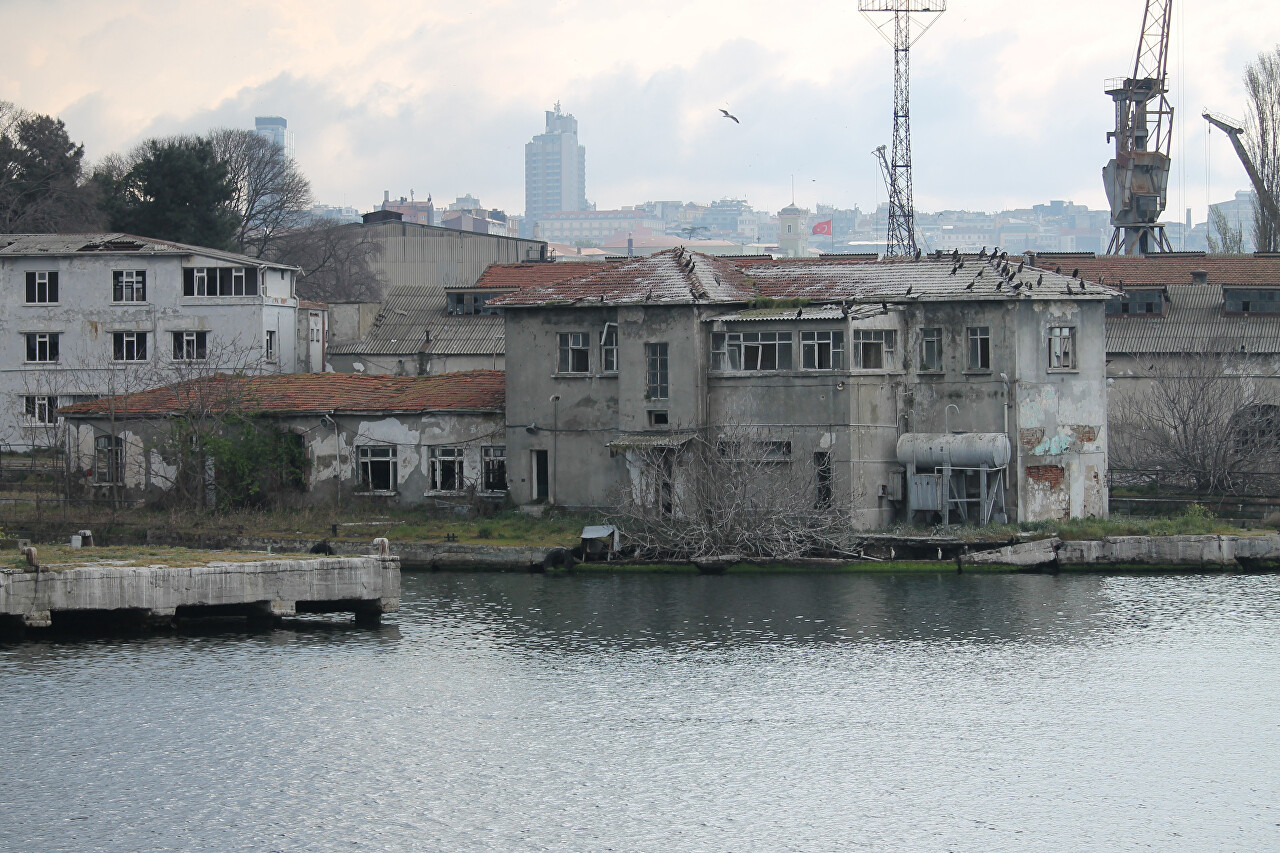Old Istanbul Shipyards
Take a ferry across the Golden Horn Bay, on the northern shore, between the Kasımpaşa and Hasköy ferry piers, and you will see a large industrial area that is in disrepair.
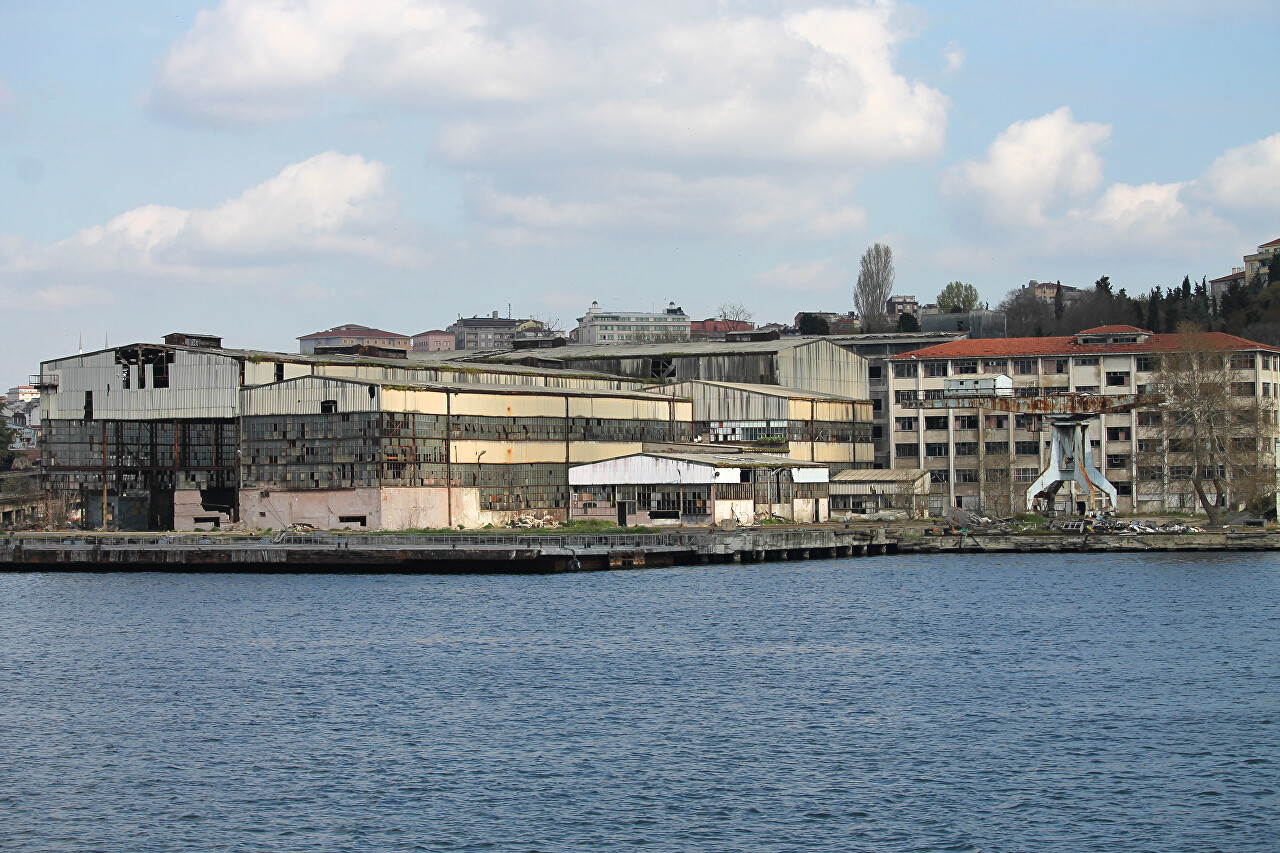
These are the famous Istanbul shipyards (Tersane Istanbul), whose history is inextricably linked with the heyday of the Ottoman Empire.
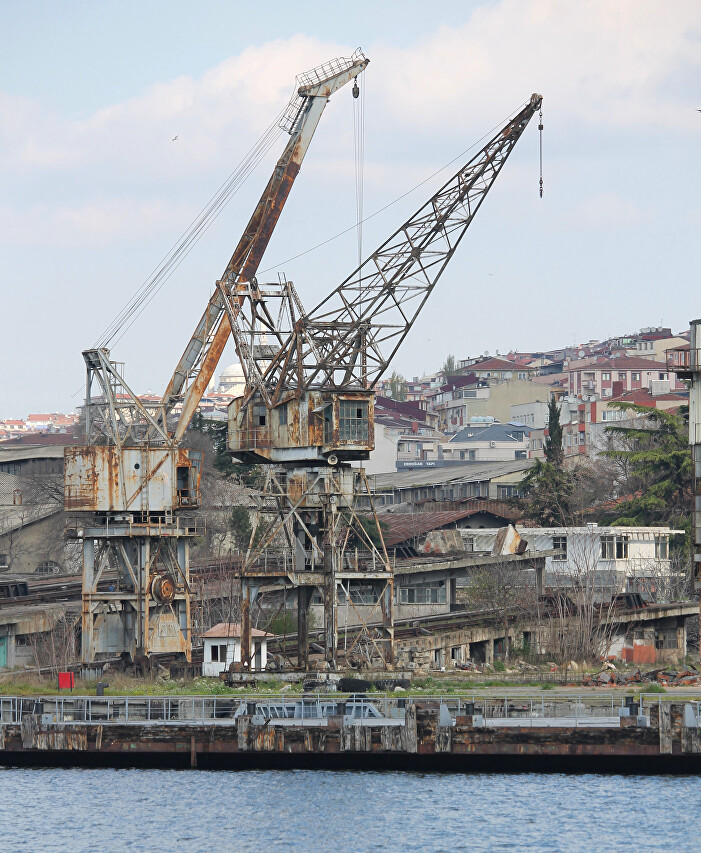
In 1453, after a nearly two-month siege, Constantinople was captured by the forces of Sultan Mehmet II, beginning a new era in the history of the Eternal City. Two years later, Tersane-i Amire (Imperial Shipyard) was founded in the Kasimpasha quarter.
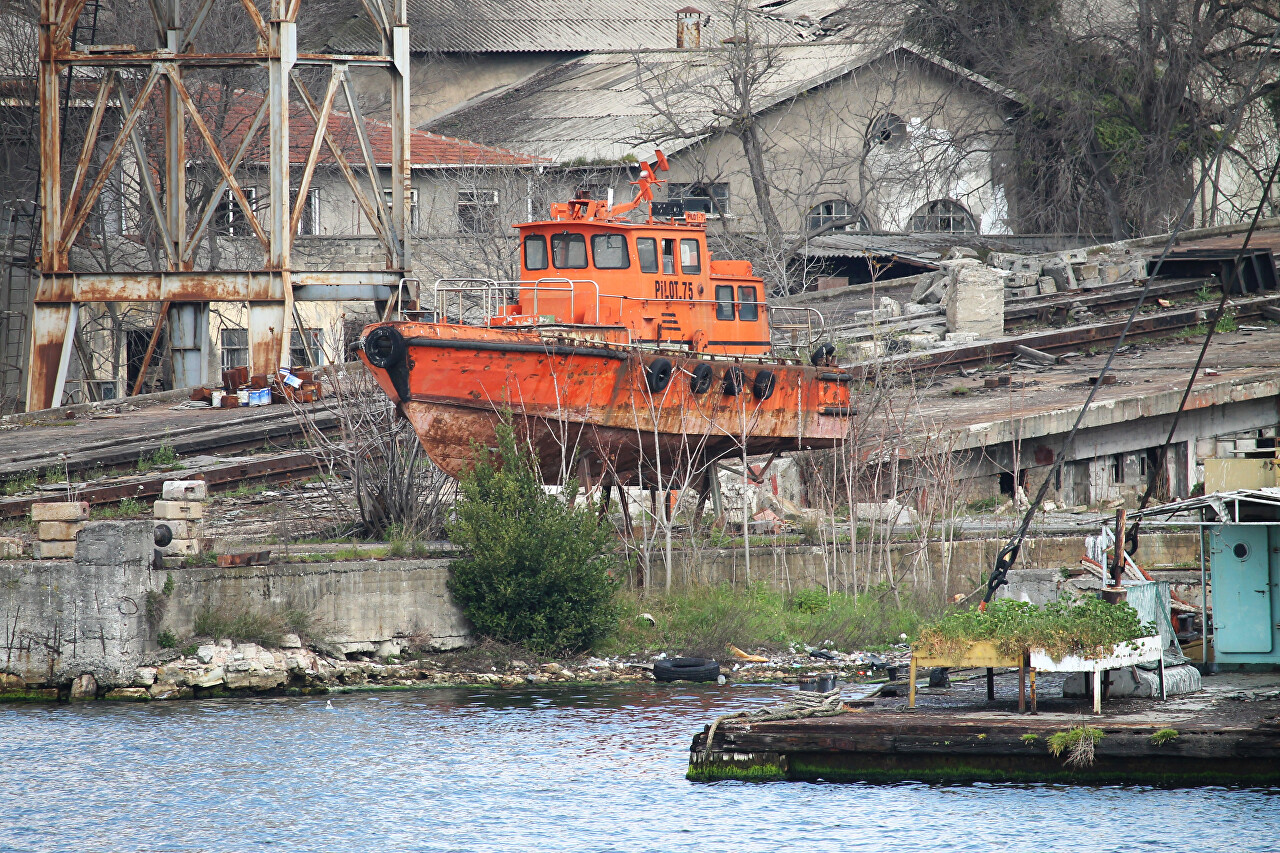
The place was chosen not by chance - this part of the coast of the Golden Horn Bay was low-lying and for centuries there were boat and ship workshops.
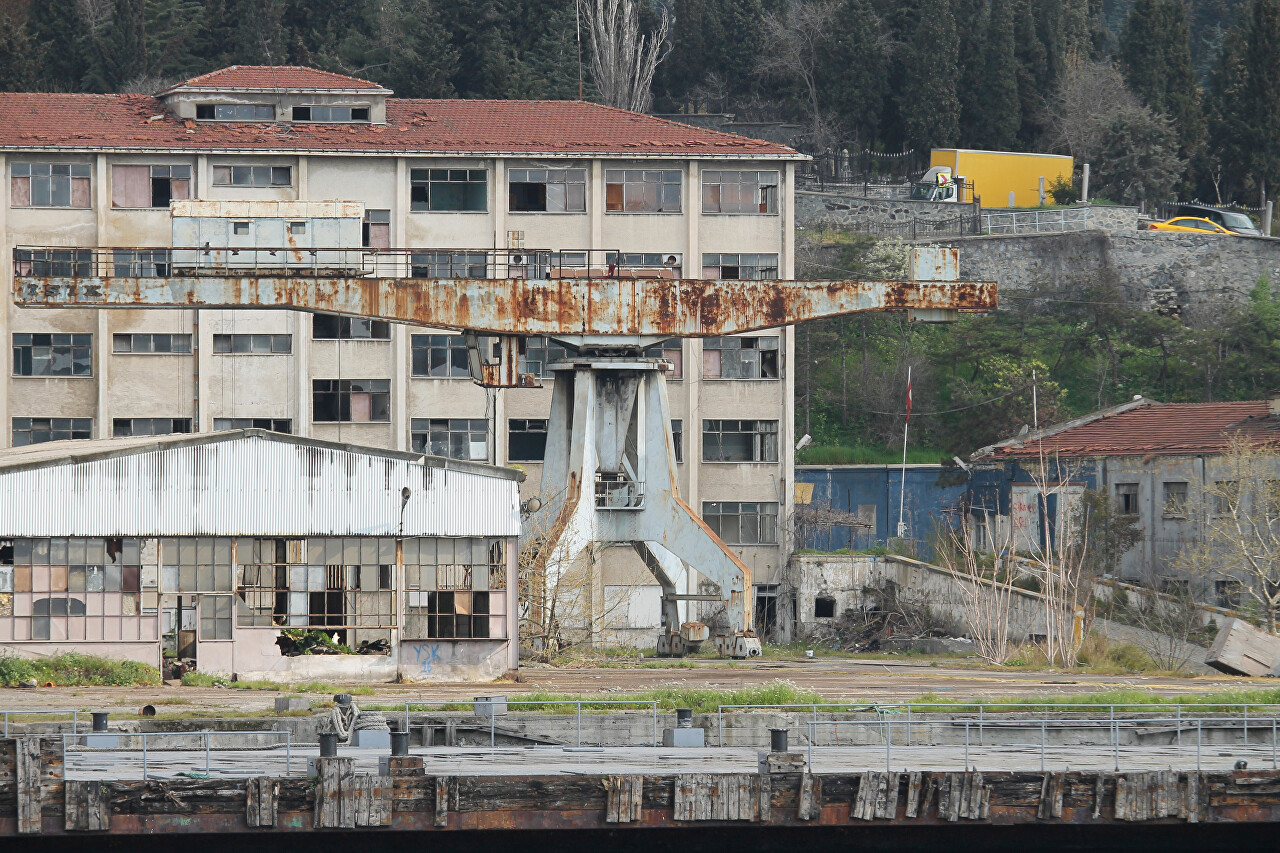
Subsequent sultans continued to expand the shipyards and in the 16th century, up to 120 ships could be built at its docks at the same time.
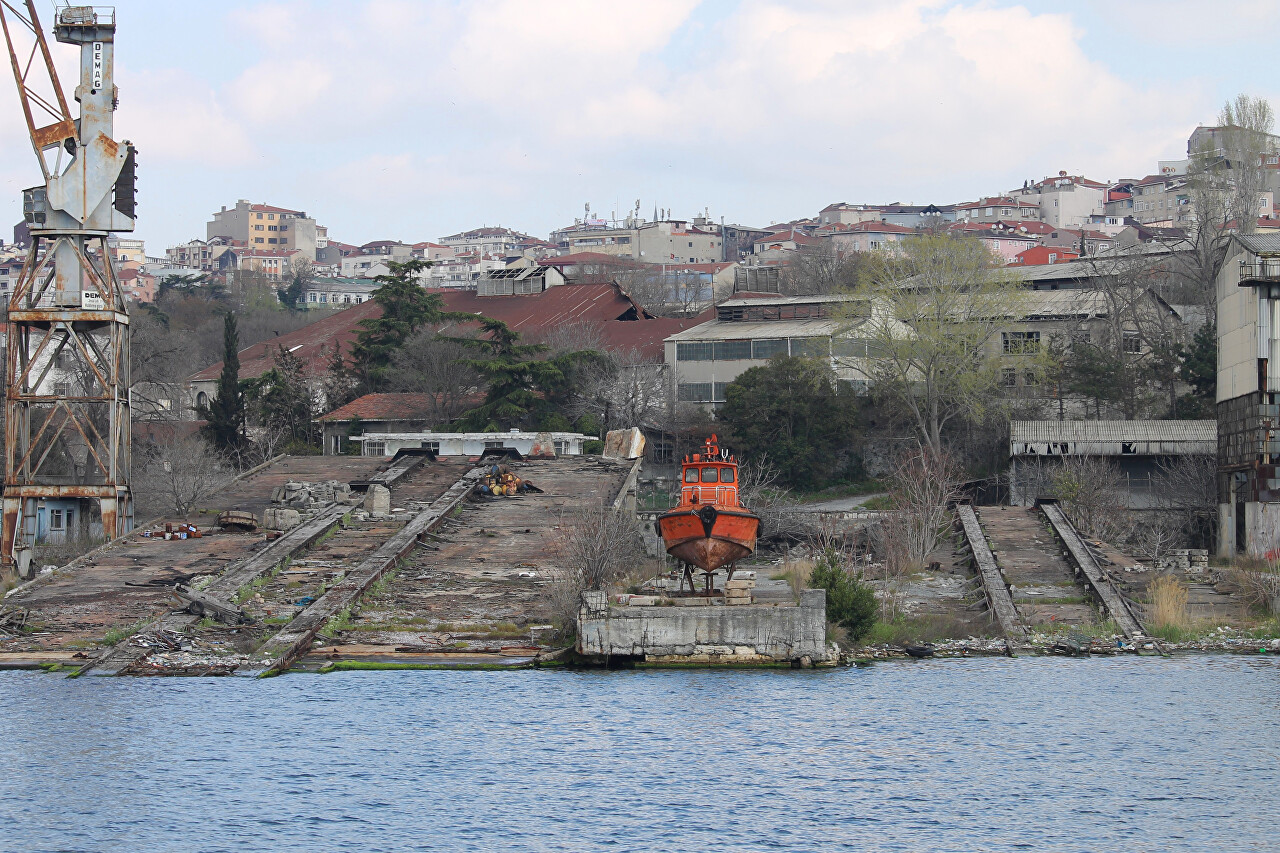
In the 17th century, the Ottoman navy became the third most efficient in the world, behind only England and France. The ships of the Resplendent Port completely controlled the Black Sea and the Sea of Marmara, as well as the eastern part of the Mediterranean Sea.

By the end of the 18th century, the Istanbul Shipyard had become the largest in the Mediterranean. At the same time, a significant technological breakthrough occurred: Sultan Selim III pursued an active policy of reform, focusing on the achievements of Western science and culture. I must say that not everyone liked it and in the end he was overthrown.
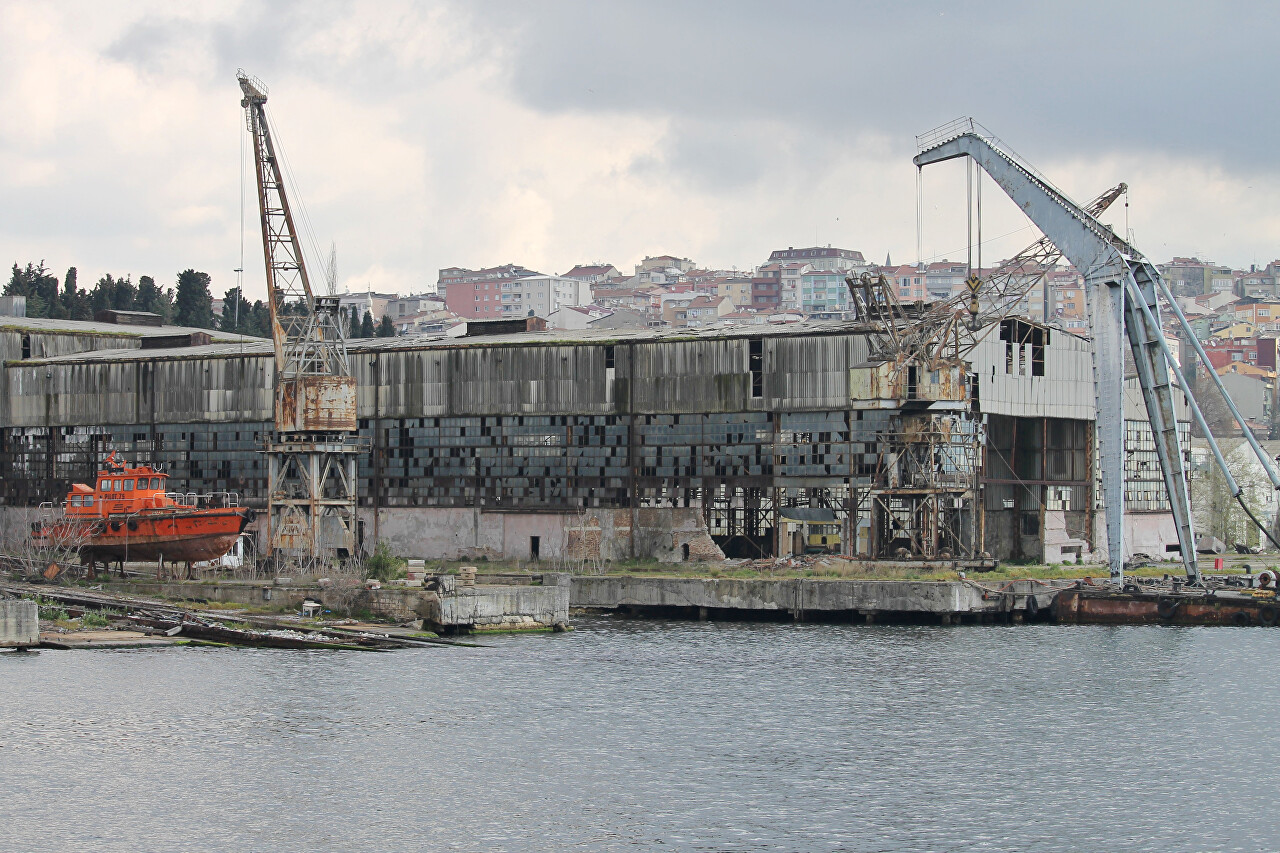
Engineers from France and Sweden were invited to work at the shipyard, introducing advanced achievements of the world shipbuilding industry. In 1827, the shipyard built the first floating dock in the Ottoman Empire and the first steamship.
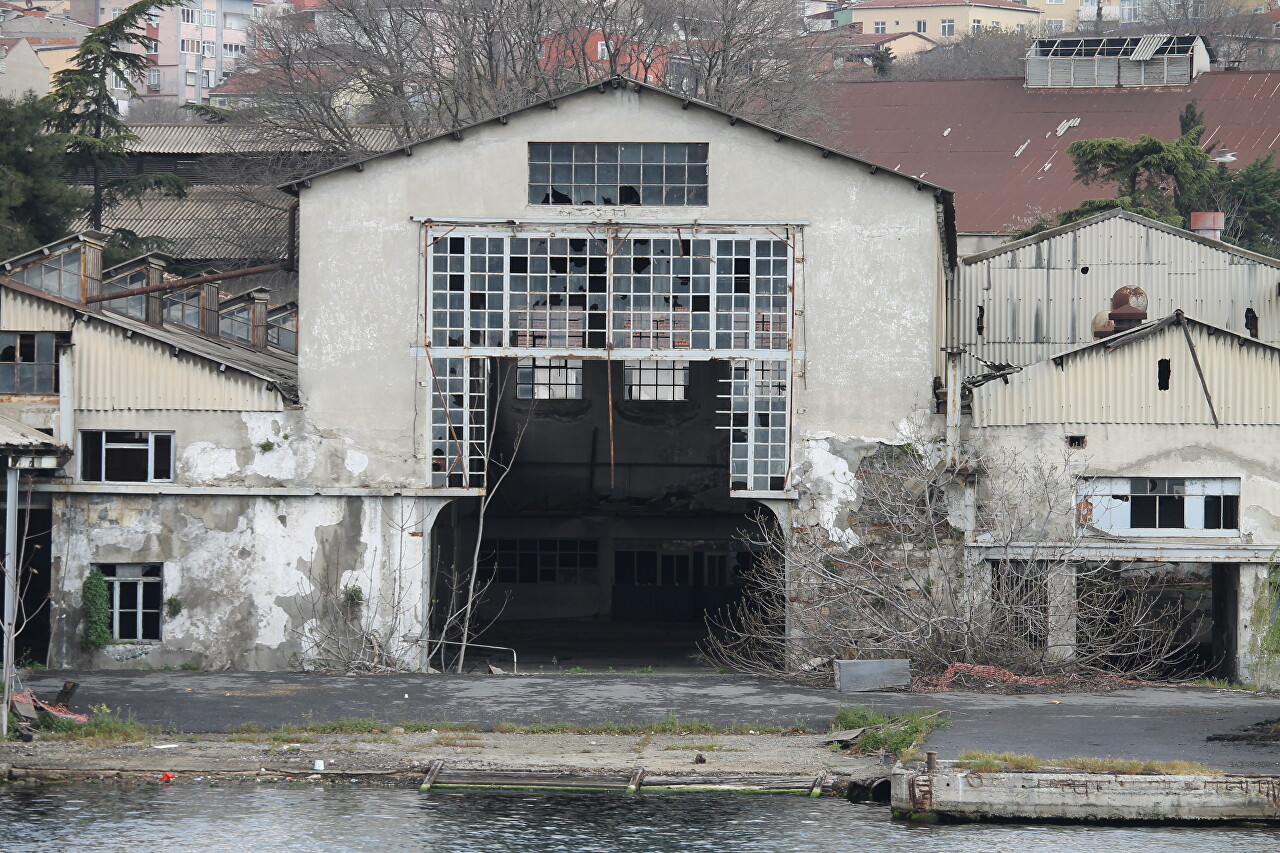
Local guides are proud to say that the shipyard built some of the world's first submarines. Yes, in 1884-85, submarines were made here according to the designs of the Swedish engineer Nordenfelt, but all components were manufactured in Sweden and only large-scale assembly was made in Istanbul.

In the 19th and 20th centuries, many industrial facilities were located on the banks of the Golden Horn, which led to water pollution. In the eighties, the city authorities began to move production facilities outside the city. In 2001, the shipbuilders Camialti and Taskizak moved to new industrial sites on the outskirts of the city.
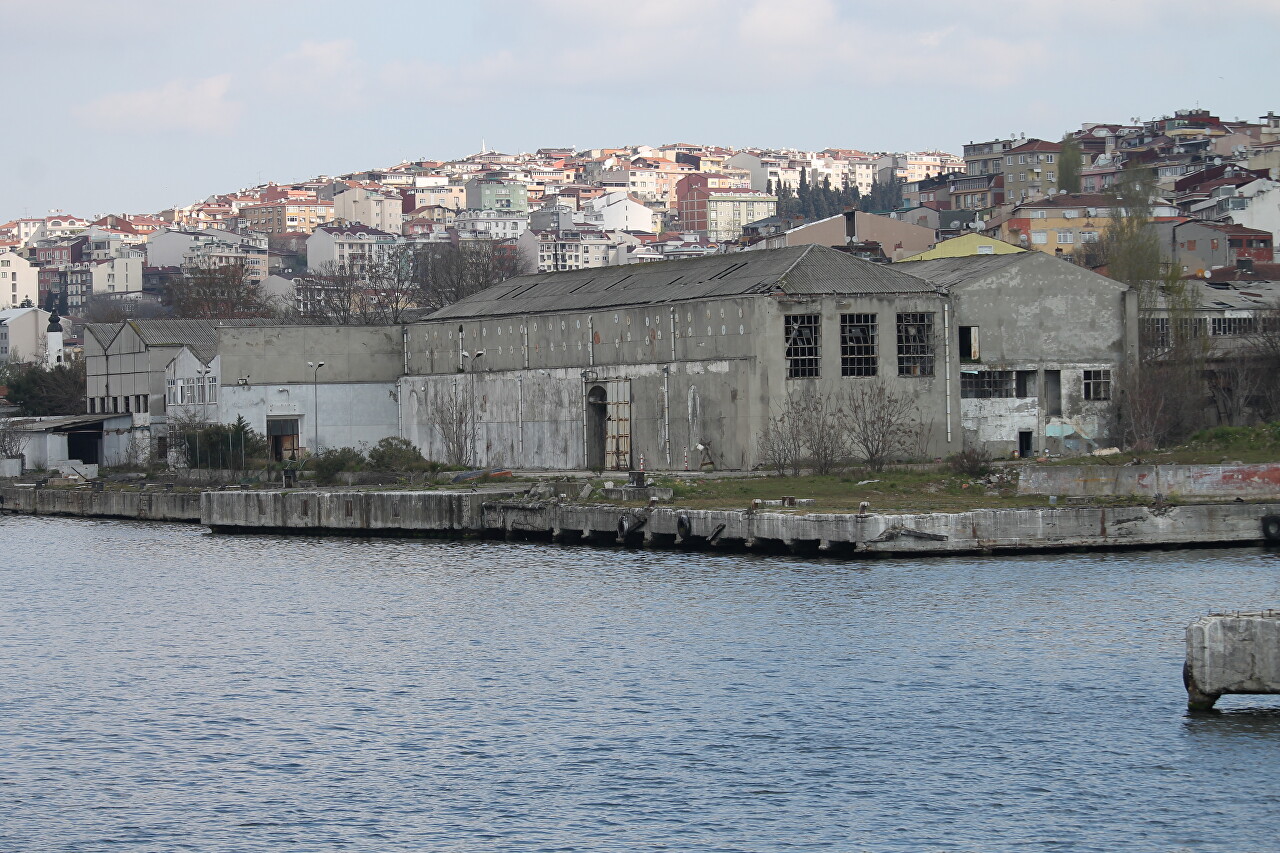
Currently, only a small part of the old shipyard east of Kasımpaşa marina, known as Haliç Tersaneleri, is active. There are three docks where ferry fleet vessels are being repaired.

The shipyard's territory covers about 70 hectares and has a unique cultural, architectural and industrial value. According to the inventory, there are 17 industrial buildings, 3 examples of civil architecture and 7 historical buildings: a bathhouse, a mosque and a fountain of the Ali Pasha era, the tomb of Mehmet Dede, the ruins of a wall and tower, as well as 5 monumental trees (4 pines and one eucalyptus tree).

In 2010, the city administration initiated a project that aims to transform the territory of the shipyards into a public space. It is planned to build 5 hotels with 1,100 rooms, residential buildings with 600 apartments, 4 museums and parking for 5,700 cars, 2 marinas for mooring 70 yachts, office buildings, shops, restaurants and bars, a cultural and exhibition center, a cinema, a congress hall, a mosque.
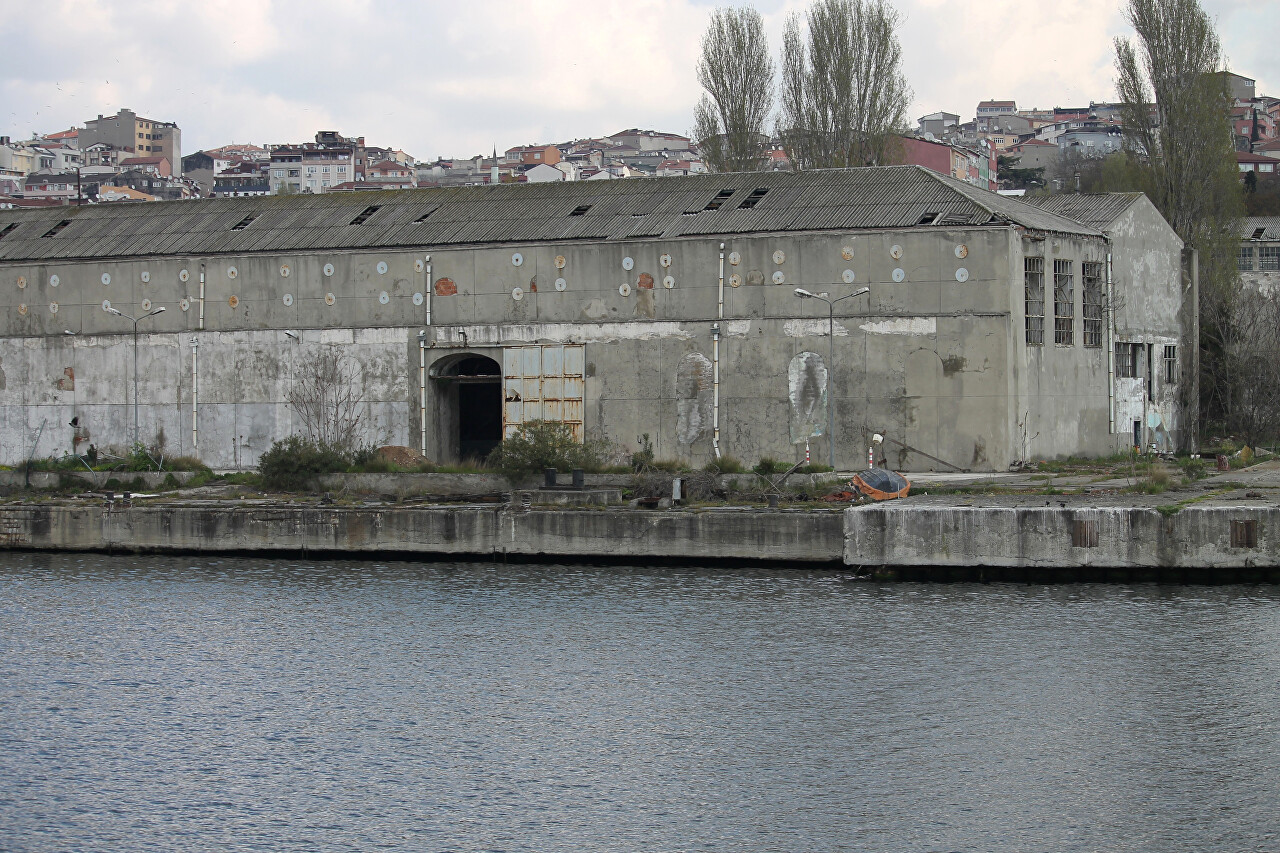
In 2013, an investor competition was announced for the construction-operation model with a term of 49 years, after which the complex should be transferred to the ownership of the city. However, in 2015, several cultural and historical organizations filed a joint lawsuit against the project, as it provides for the demolition of historical buildings.
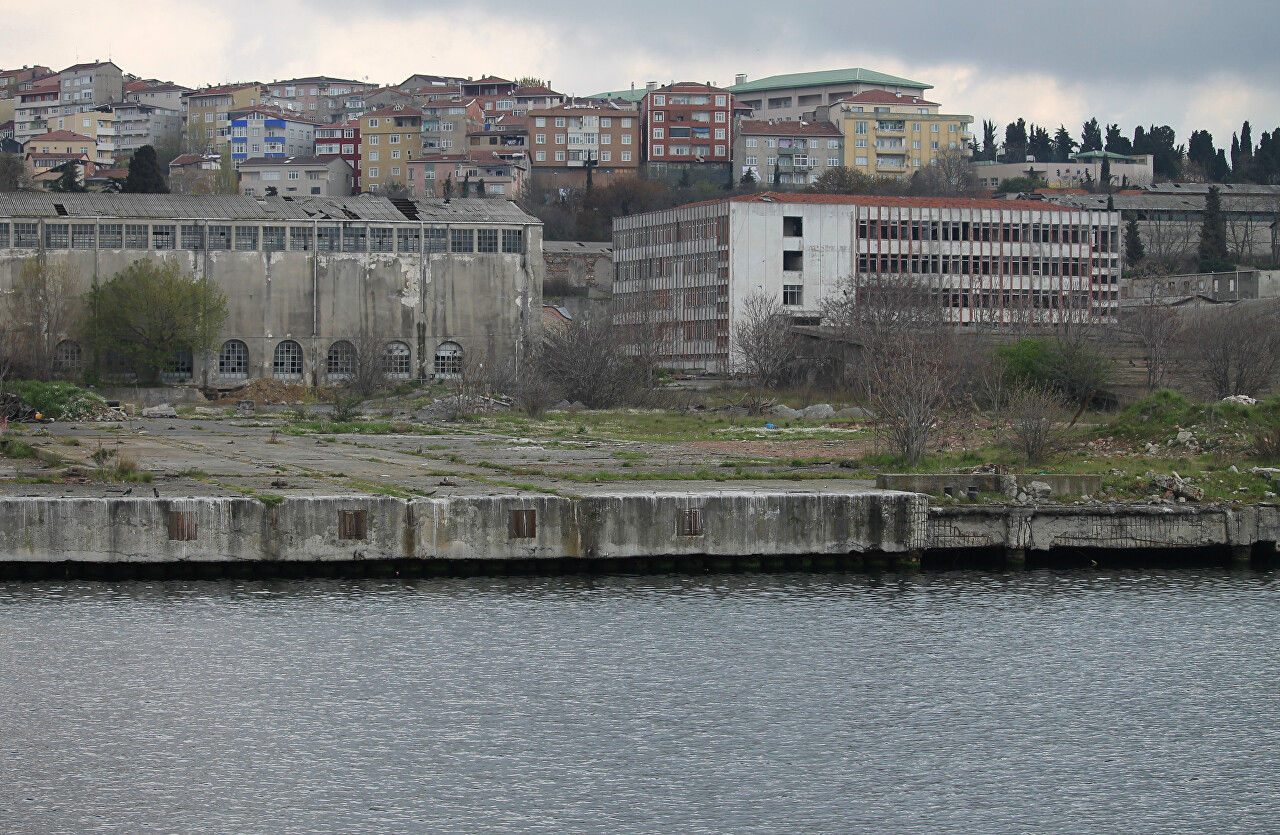
However, some parts of the project have been implemented so far, such as the Haliçport shopping center, and the Istanbul Sanat Cultural Center, where art exhibitions are held, has been opened in one of the old industrial buildings.
